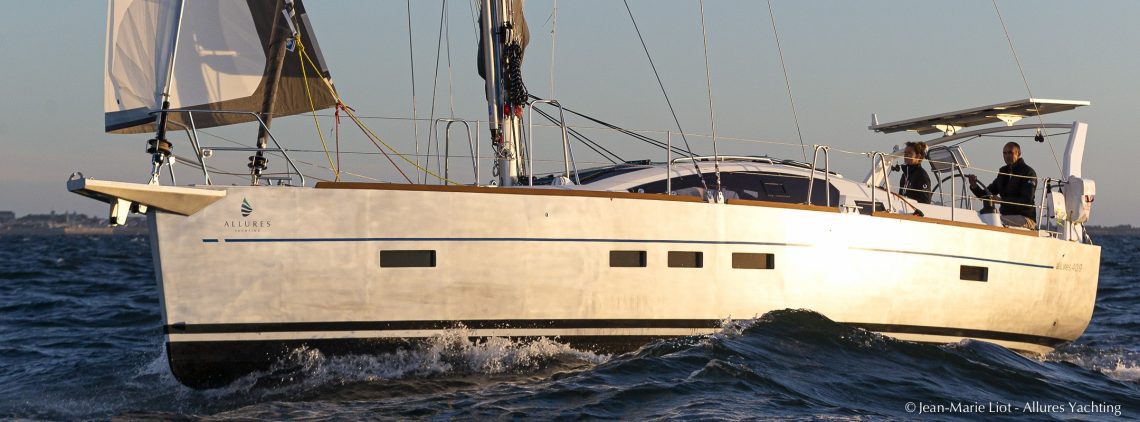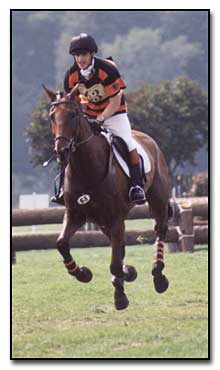
Allures
Under natural conditions, the horse moves in four main ways (gaits): walk, trot, amble and gallop.
Step – slow gait, in which the horse steps in a certain sequence of each of the four legs.
Lynx – fast gait in two paces. The horse lifts the right front and left hind legs simultaneously, then the left front and right hind legs.
Amble – fast gait, also in two paces, but the simultaneous movement of the front and hind legs does not occur diagonally: when the right front and right rear are in the air, the left front and left rear are on the ground, then the right legs are on the ground, and the left are in the air. Ambling is slightly faster than trotting. Horses that walk at a pace are called pacers. This is an innate ability, and therefore a pacer does not trot, and vice versa, a trotting horse will not change to amble. At the amble, the rider gets tired less: there are no such tangible shocks as at the trot. But the amble is less stable. On sharp turns and on rough roads, pacers can lose their balance.
Gallop – the fastest jumping gait in three paces. If at a walk, trot or amble the load on all legs of the horse is distributed more or less evenly, then at a gallop the load depends on whether this gait is started from the right or left leg.
When riding in a circle or in an arena, the horse is sent into a gallop from a certain leg. A horse is said to move on the right foot if it brings the right foot forward more. When cantering with the left foot, the horse rests on the ground with the right hind leg (first pace), then puts the right front and left hind legs on the ground at the same time (second pace), after which it rests only on the front left foot (third pace). Before a new leaning on the right hind leg (first pace), a moment of unsupported movement follows – the horse, as it were, flies above the ground. The average gallop speed is about 22 kilometers per hour. At the races, the speed of a frisky gallop exceeds 60 kilometers per hour, as the horse moves in a quarry – the fastest (frisky) kind of gallop.
 Any gait – step, trot, amble, gallop – the horse can perform at different speeds. One barely trudges along, the other paces more vigorously, the third one is in a hurry – it is about to switch to a trot. The time interval between hoof strikes in these horses is different. In this case, they say that with the same gait, the horses walk in a different rhythm. Depending on the rhythm and length of the step or swing – the distance between successive prints of any of the front hooves – each gait is divided into abbreviated, average и added.
Any gait – step, trot, amble, gallop – the horse can perform at different speeds. One barely trudges along, the other paces more vigorously, the third one is in a hurry – it is about to switch to a trot. The time interval between hoof strikes in these horses is different. In this case, they say that with the same gait, the horses walk in a different rhythm. Depending on the rhythm and length of the step or swing – the distance between successive prints of any of the front hooves – each gait is divided into abbreviated, average и added.
The properties of a horse to maximize its capabilities at a certain gait have long been used by man. He used massive horses to transport heavy loads at a pace. Therefore, they are called step horses or heavy-duty horses. Animals of a dry constitution, with long limbs and a taut belly (lean), capable of moving at high speed, are called horses of fast gaits – fast gaits. Fast-gaited horses are divided according to the type of use – under the saddle or in harness – into riding and light harnesses.
- Alexander 14 April 2008 city
Response
- Iluha 27 September 2014 of
thanks Reply
 Luckypom 5 March 2017 city
Luckypom 5 March 2017 cityVery clear, now I finally have an idea. Thank you) Reply





